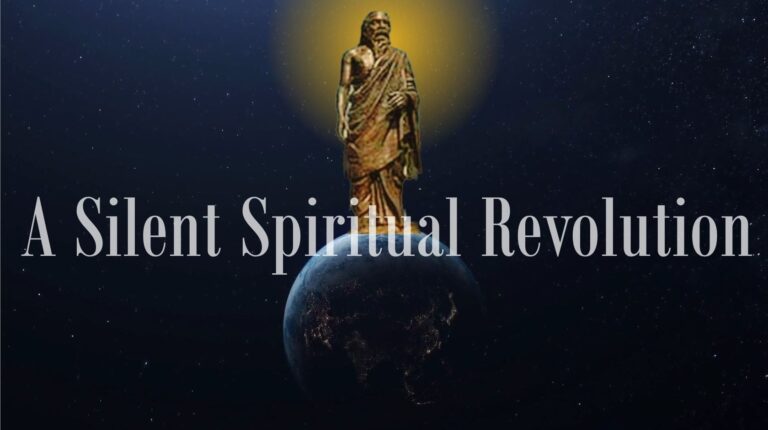The following topics were touched:
1. In The Synthesis of Yoga ( p. 341 ) Sri Aurobindo clearly says “ … from our point of view these ( the Virat, the Hiranyagarbha, Prajna and the Turiya ) are practical distinctions made by the mind which have a value for certain purposes, but no ultimate value. “ But in Savitri on page 680 -81 Sri Aurobindo tells that “ In him the fourfold Being bore its crown …. “; beginning from this line he goes on to explain the Virat, the Hiranyagarbha, the Prajna and the Absolute appeared before Savitri all inculcated in One Self. Had they been created by mind how could they appear inculcated in the Supreme Self that too before Savitri who vanquishing the Death had stood alone facing the Lord of Lords, the Paramatma?
Do you not think that these statements are contradictory ?
2. The concept of the evolution of consciousness and the other members following it evidently holds good only to the state of “waking” because evolution does not apply to other three states, swapna, sushupthi and turiya. Then does it not mean that Sri Aurobindo’s philosophy is interested in explaining or elaborating only waking-state rather than other three? And if he were to extend this concept of evolution or the transformation upto the Brahman itself, then does it not fall into the category of “ anti Vedic “ philosophy ( because the Vedanta philosophy evidently negates any Parinama or transformation with the Brahman ) or why can this be not placed side by side with that of the “Sankhya” ( Seshwar Sankhya = Ishwar Sahita Sankhya ) mimansa ?
3. I shall quote a few lines from Savitri ( p.524 )
On the walls covered with significant shapes
Looked at her the life-scene of man and beast
And the high meaning of the life-gods,
The power and necessity of these numberless worlds,
And faces of beings and stretches of world-space
Spoke the succinct and inexhaustible
Hieratic message of the climbing planes.
In the above lines which do you think is the main subjective clause ? I don’t see any appropriate subject ( noun clause ) for the verbs “looked” and “spoke” in the text. There is no problem in deriving the general meaning of the text, it can be done easily also, but I want a clear grammatical explanation for this. Please elaborate.
4. In ultimate analysis , However we may call, Sri Aurobindo’s Philosophy as Integral Advaita, Does Sri Aurobindo’s Philosophy imply Dualism?
5.Sometime, I feel , Sri Aurobindo is unnecessarily expanding the journey of the soul whereas Upanishads commond us to attain here and now.
6. In Integral Advaita, what is the starting point of Involution and what is end point of Evolution? As per Integral Advaita what happens when soul or Chaitya Purusha attains perfection? The Involution is complete but the evolution is incomplete as it’s not reaching the starting point of Involution. Whether Sri Aurobindo has done complete justice to Evolution?
7. Does Sri Aurobindo compels us to dwell in fantastic imagination of unrealistic goal of Supermind ?
8. Psychic being as explained by Sri Aurobindo and similar hints in other scriptures such as Geeta and different philosophies and schools of thoughts such as dwaita and adwaita.
9. Truth action and reality (Nimitta and upadana)
10. Evolution in life, how to know if one has evolved rather than just faith in it.
11. Moksha and going beyond it.


